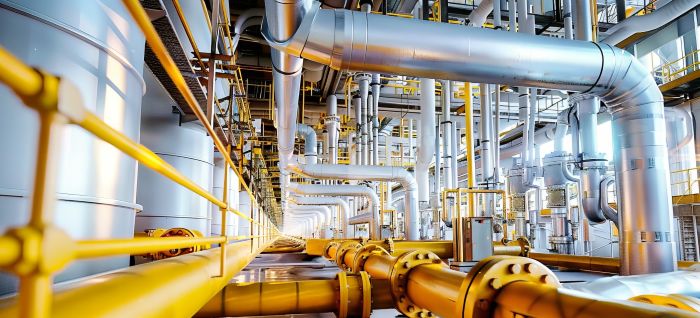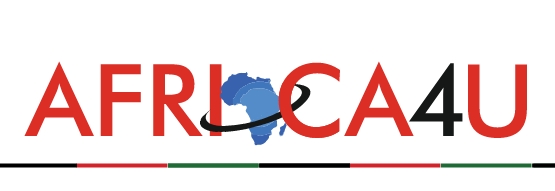(3 Minutes Read)
South Africa is on the verge of a significant energy crisis, commonly referred to by industry experts as the “gas cliff,” projected to occur between 2026 and 2027. This looming shortfall in natural gas supply poses a serious threat to the nation’s industrial productivity, energy security, and broader economic stability.
It is expected to have far-reaching implications, potentially disrupting key sectors such as manufacturing, chemicals, and power generation, while also jeopardising thousands of jobs that depend on a stable gas supply.
At the heart of the crisis is South Africa’s near-total dependence on a single external source of natural gas: the ageing Pande and Temane gas fields located in Mozambique. These fields, which currently account for more than 99% of the country’s natural gas supply, are connected to South Africa through the ROMPCO (Republic of Mozambique Pipeline Company) pipeline. Since their commissioning in the early 2000s, these fields have played a pivotal role in supporting the country’s industrial base, particularly in Gauteng, Mpumalanga, and KwaZulu-Natal.
However, these reserves are now nearing the end of their productive life. Sasol, the major player in South Africa’s natural gas value chain and the primary importer and processor of gas from Mozambique, has issued stark warnings. According to the company, gas volumes are declining steadily, and continued operation may become economically unviable as early as mid-2027. Once depletion reaches critical levels, Sasol may be forced to shut down gas supply operations, leaving industries without a viable alternative.
The impending shortfall exposes South Africa’s lack of diversification in its natural gas supply portfolio and underinvestment in new infrastructure or domestic exploration over the past two decades. While some projects, such as potential liquefied natural gas (LNG) import terminals and local gas field developments (e.g., the Brulpadda and Luiperd discoveries offshore), offer long-term promise, none are expected to come online in time to avert the immediate crisis.
Read Also;
Without urgent intervention, such as accelerating LNG import capacity, fast-tracking domestic gas projects, or establishing strategic partnerships, South Africa risks a sharp and destabilising energy shock. This could lead to production halts, increased operational costs, rising unemployment, and a greater reliance on carbon-intensive energy sources, thereby undermining the country’s climate goals and energy transition agenda.
Policymakers, industry stakeholders, and energy regulators now face an increasingly narrow window to act. The coming years will be critical in determining whether South Africa can successfully navigate the gas cliff or succumb to a severe and avoidable energy crisis.





